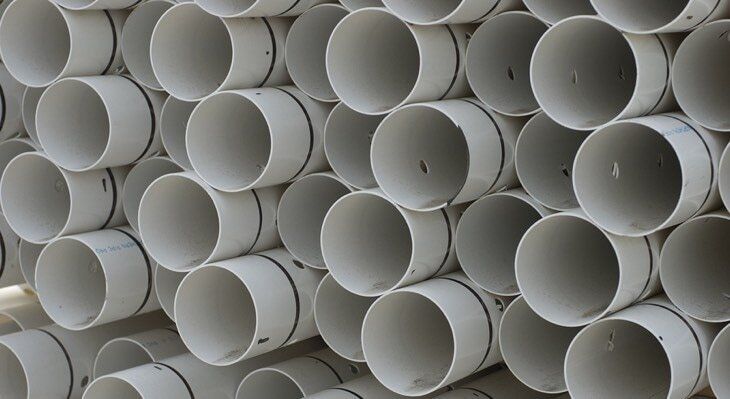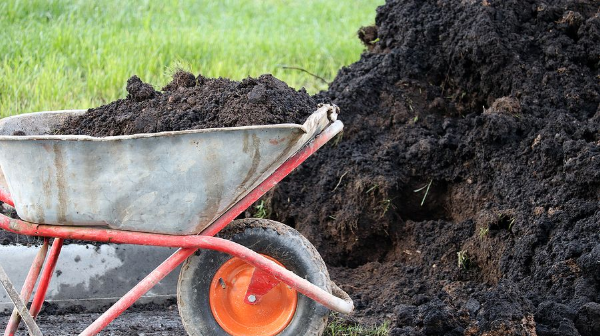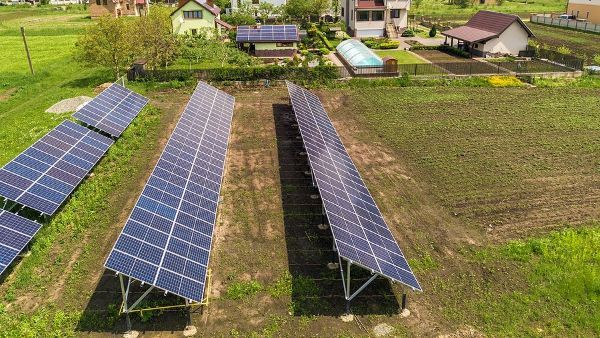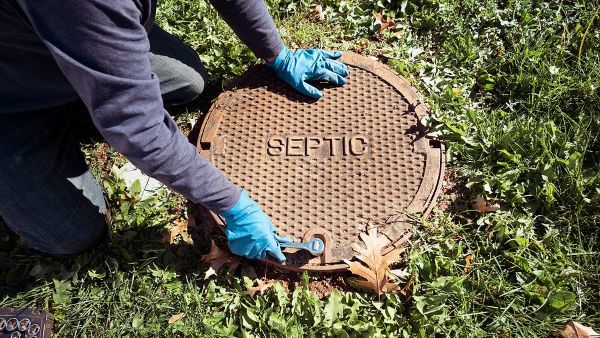Sonoma County Percolation Testing for Septic Development
Why Test Soil Percolation Rates?
Percolation testing determines the absorption rate of soil where sewage is proposed for disposal by a septic system. Design of a leach field or septic system requires the percolation rate of the soil where the system will be installed. The test is performed by applying water to test holes in the proposed leach field area and recording the rate of percolation for each test hole. A percolation test is typically performed after suitable soils have been located on site by a soil investigation.
How Is A Percolation Test Performed?
A conventional percolation test typically consists of the following steps:
- Locate soils that are suitable for septic development and verify with a County Sanitarian. This process includes reviewing soil test pits to evaluate the subsurface soils and conditions. The presence of groundwater or plastic soils, like clay, are typically considered limiting conditions.
- Percolation test holes are installed at various depths depending on soil conditions observed.
- Perforated pipes are installed into each percolation test hole and surrounded at the bottom of the pipe with 12” of pea gravel.
- The percolation test holes are pre-soaked with water the day prior to the percolation test. This is to provide the soils with a typical level of saturation.
- The day of the percolation test, which follows the day of pre-soaking per step #4, each pipe is filled with water to the pea gravel and the time of filling is recorded for each hole.
- After one hour has passed, the water level is measured from the top of the pipe and recorded. This process is repeated for six hours; refilling the pipe to the pea gravel whenever the water level drops to within two inches from the bottom of the test hole. If a test hole runs dry after the first hour, refill to the pea gravel and take readings every ten minutes for two hours, also refilling the pipe to the pea gravel whenever the water level drops to within two inches from the bottom of the test hole.
- Calculations for the percolation rate take place after the test is run. Divide the time intervals by the corresponding drop in water level to calculate the percolation rate in units of minutes per inch for each hole.
Generally, percolation tests in alluvial soils, like sandy loam, will have much faster rates of percolation than plastic soils like clay. The calculated average percolation rate is a critical parameter in the design of a septic system, which is the next step of the process for development of a septic system.
Planning Your Percolation Test
The BC Engineering Group staff has performed percolation tests for hundreds of properties in Northern California; we know the lay of the land and can serve all percolation testing needs. As a leading civil engineering and wastewater design firm, we guide septic system projects from planning to construction. Take advantage of our experience and contact us today for your septic and land development needs, we are here to help.
For more information on percolation testing and other septic development requirements, please contact us at 707-542-4321, www.bcengineeringgroup.com, or find us on Facebook. You can also stay up to date with civil engineering and land planning issues by subscribing to our blog.







